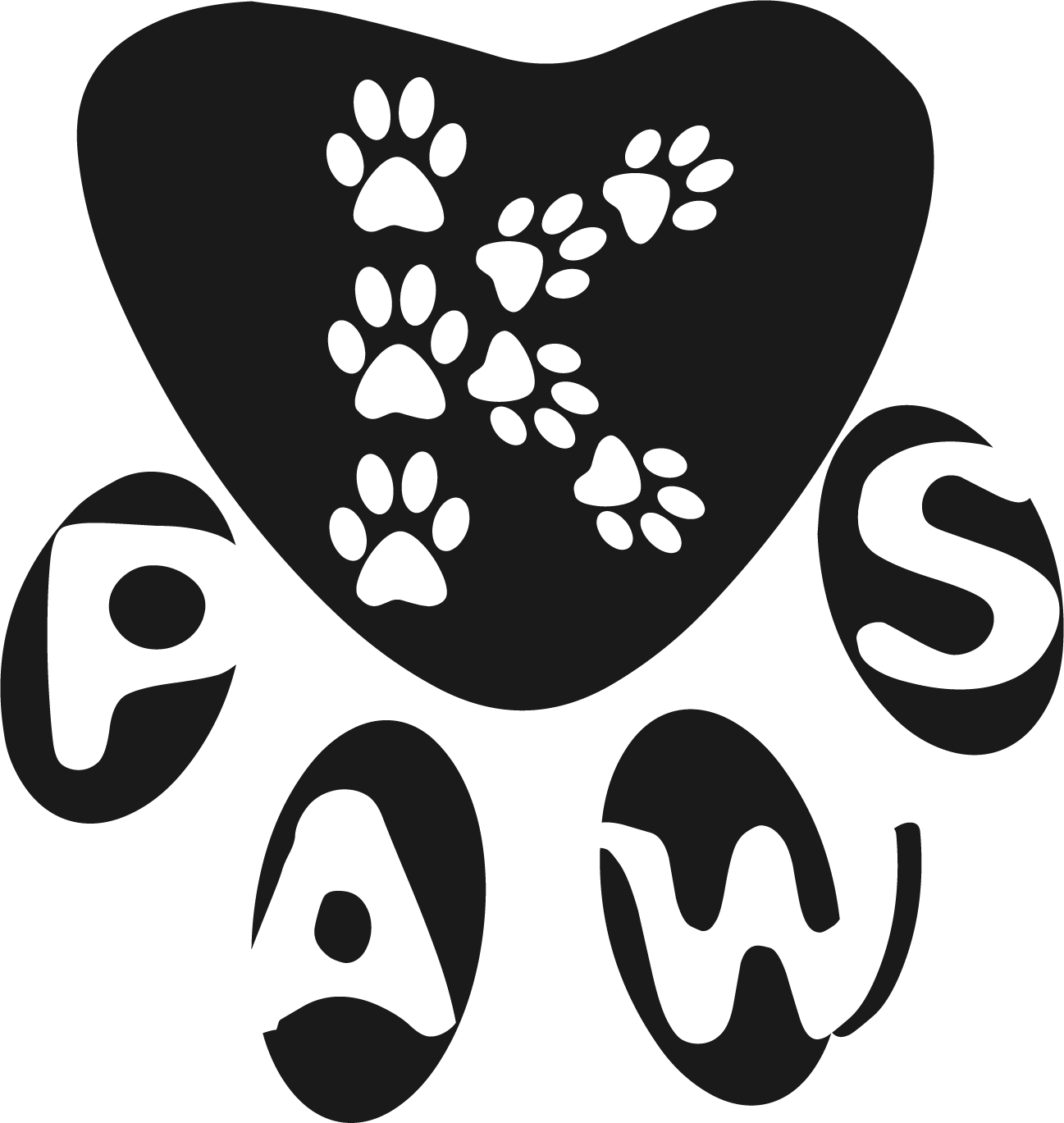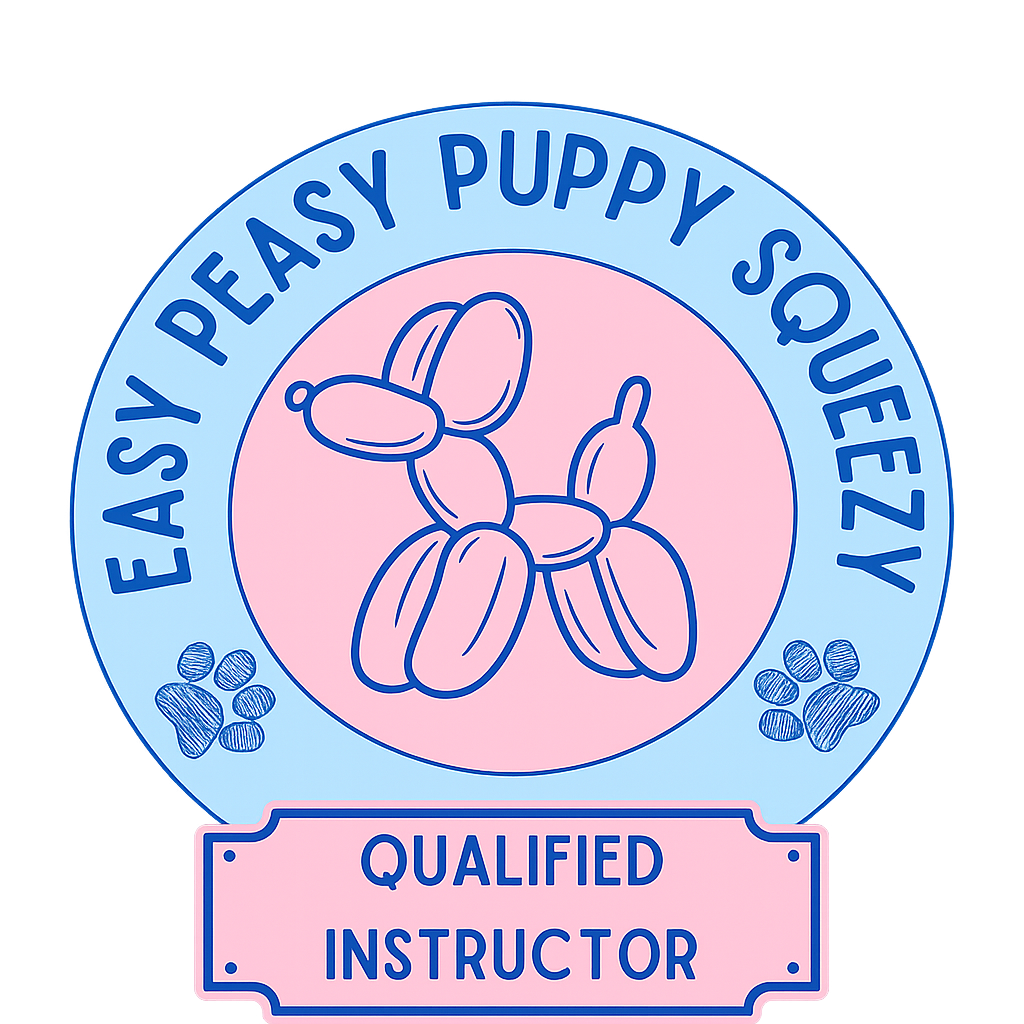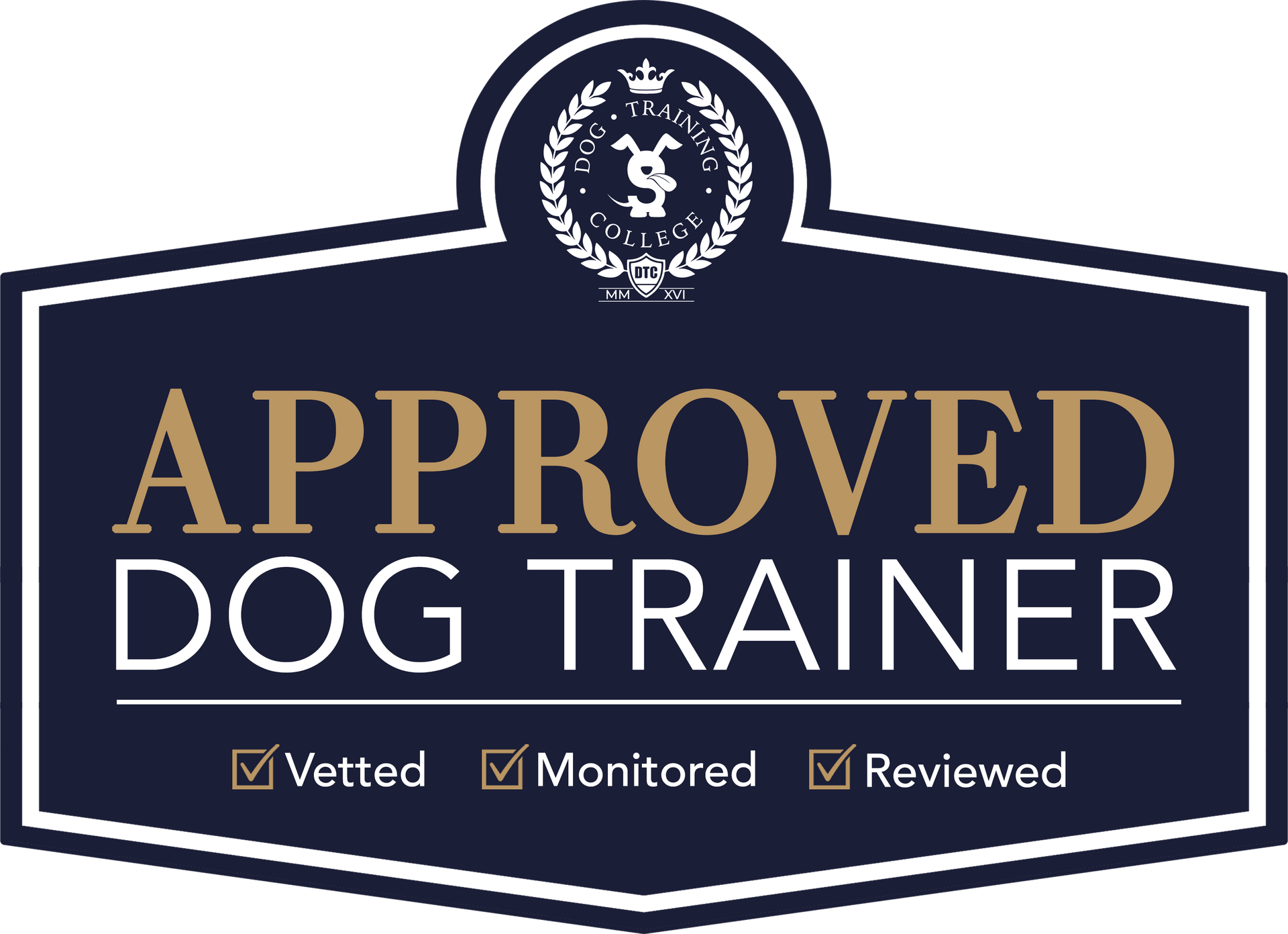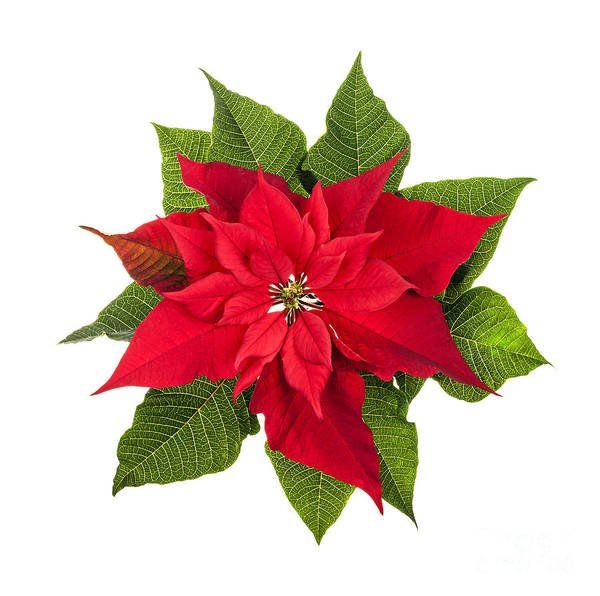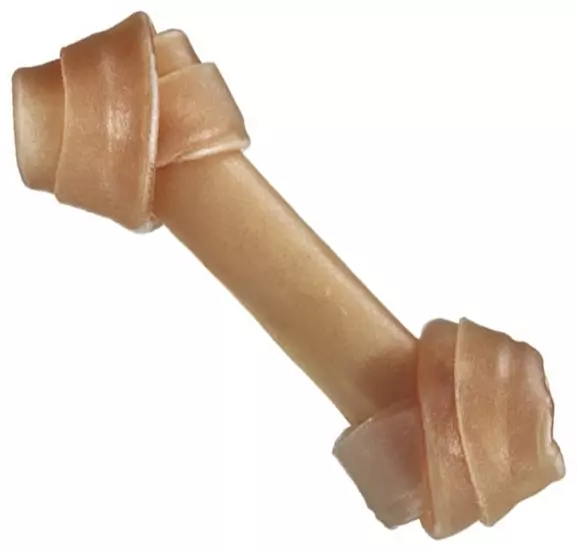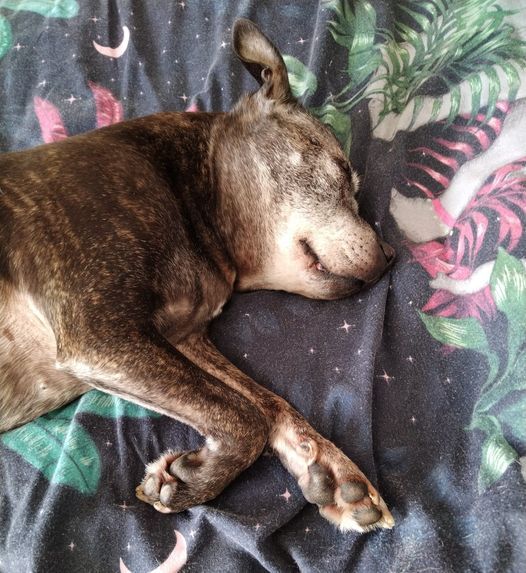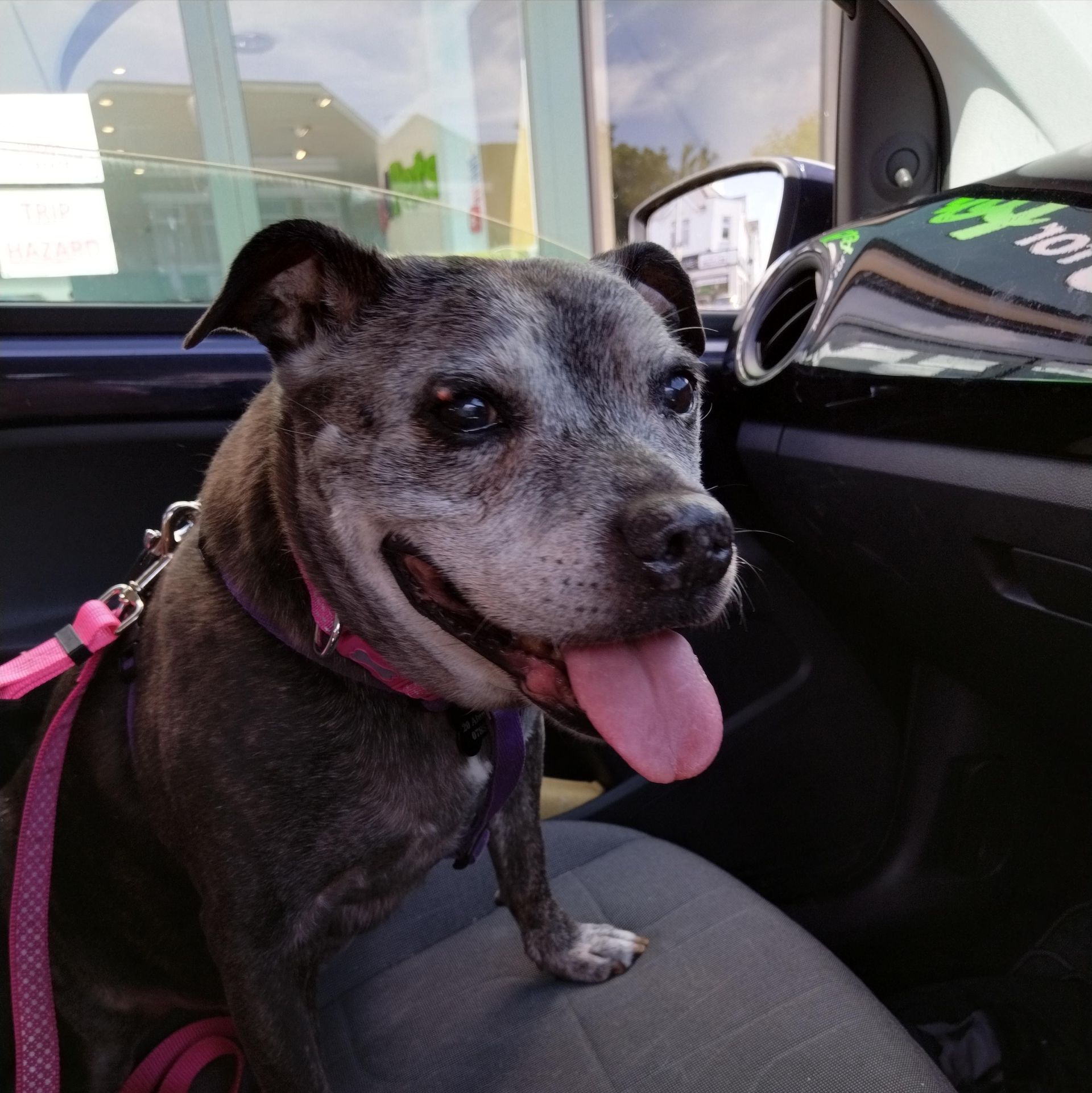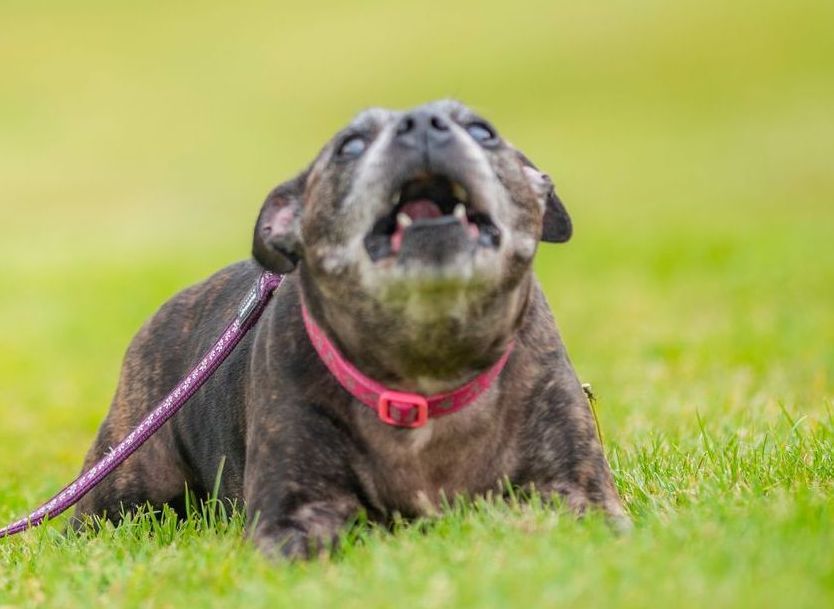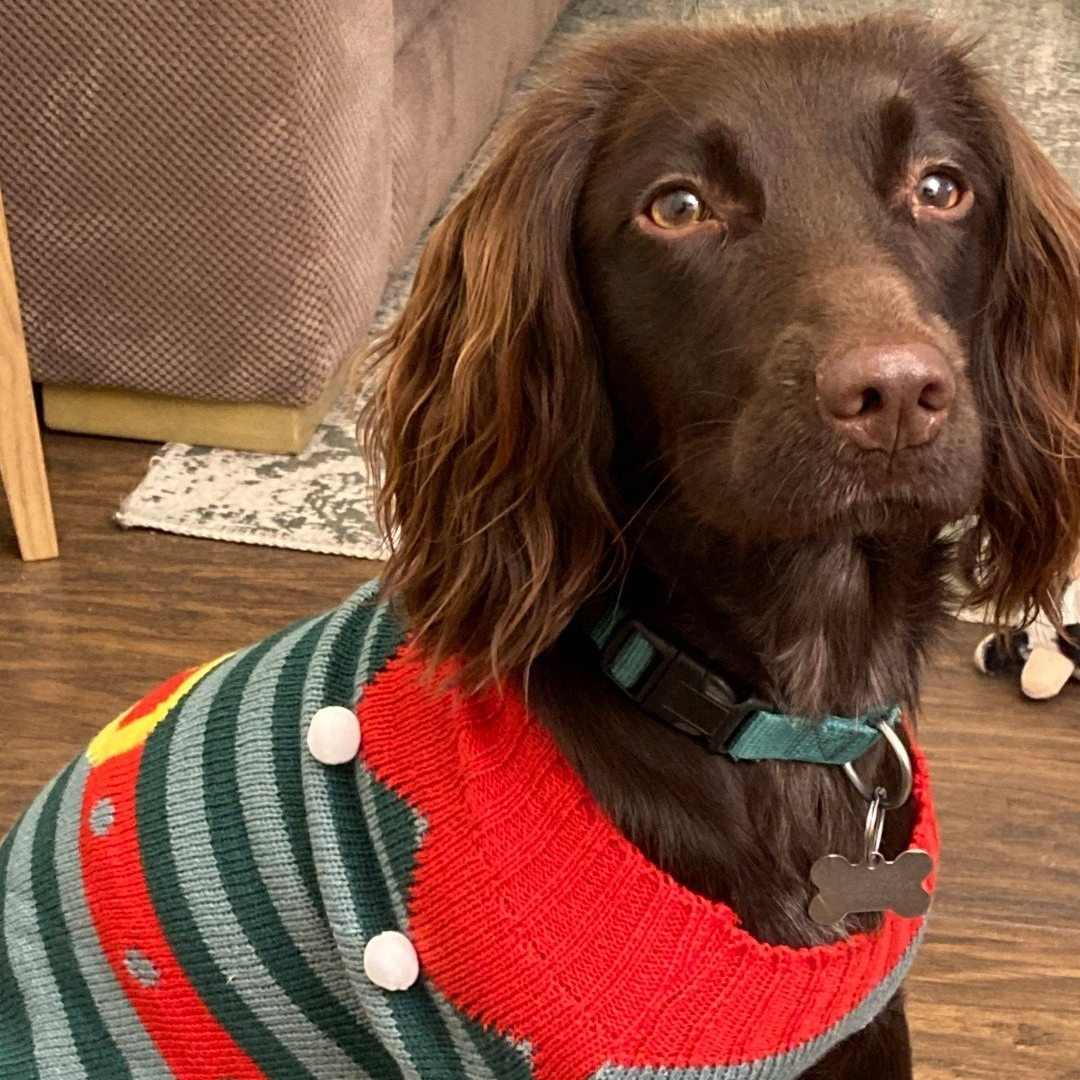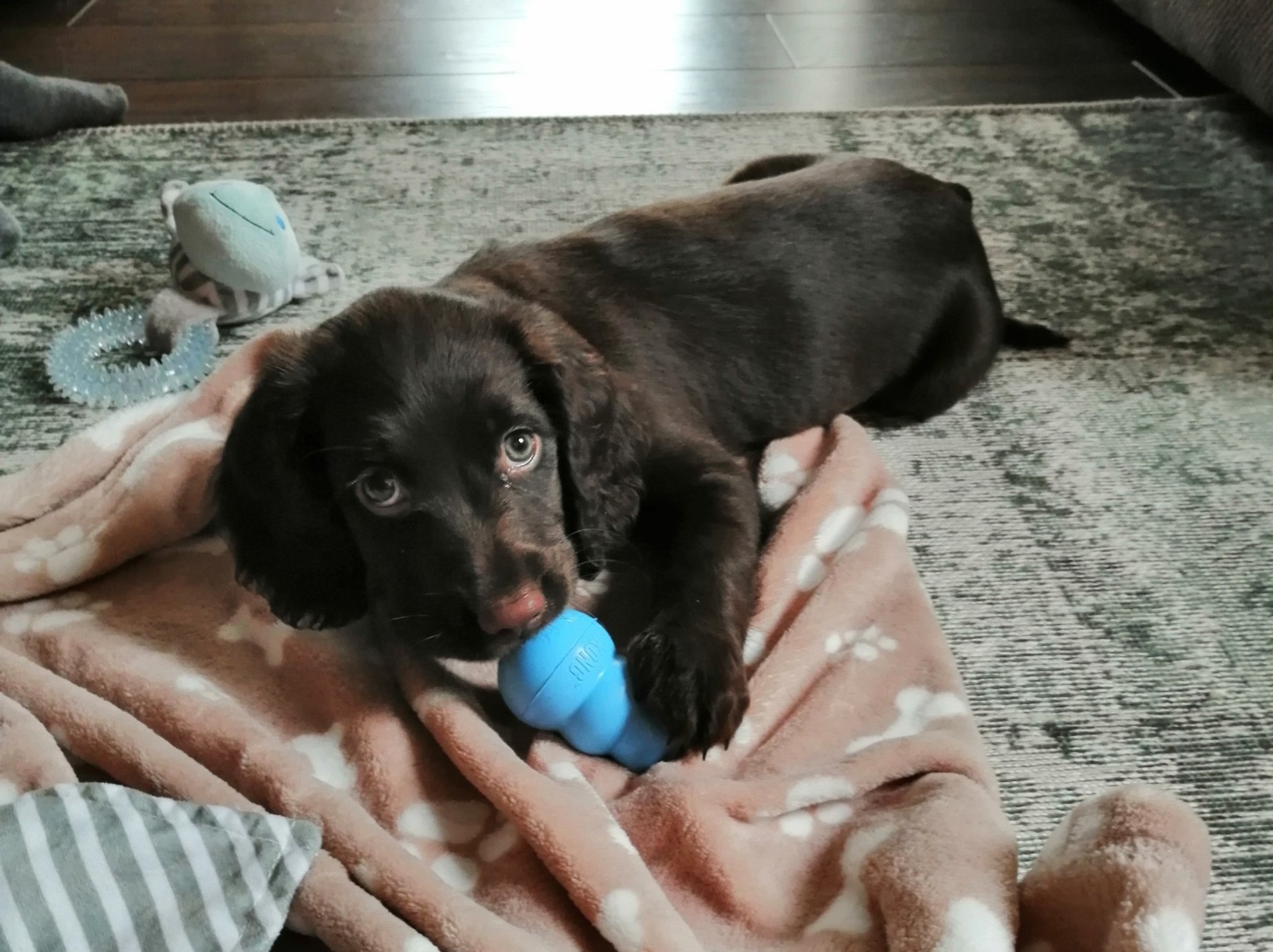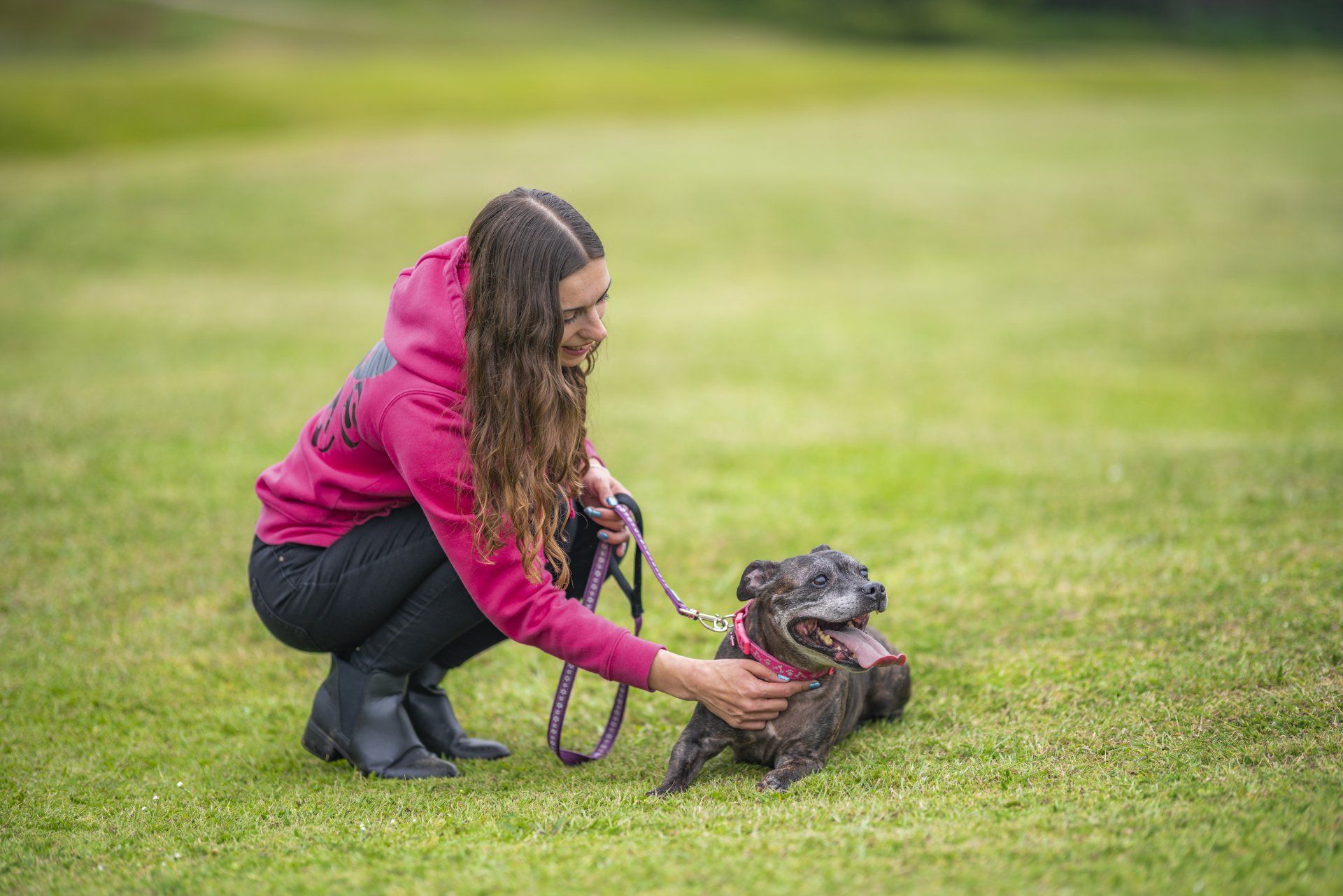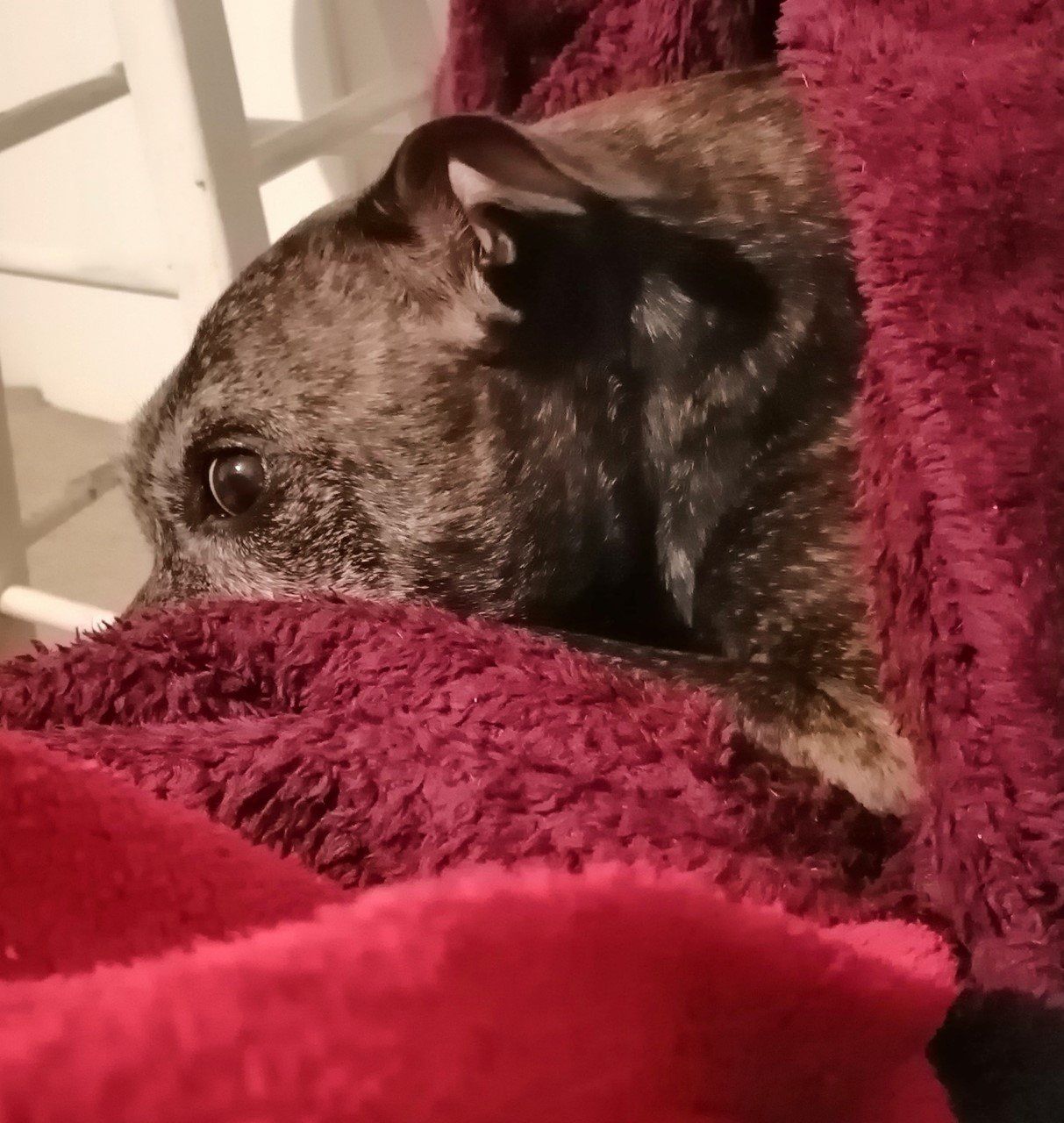by Kirsty Everard, Kirsty's Paws
•
29 October 2020
Many Dogs are scared of fireworks, throughout the year we can work to desensitise them to the sounds of those loud bangs, but here are some ways to help keep them comfortable during fireworks season. Where possible try to implement any changes gradually, over a few days, so that your Dog’s routine isn’t suddenly changed. 1. Take your Dog for their walk before it gets dark Try to make sure you take your Dog out before fireworks are likely to start going off, you may want to feed them slightly earlier too and then take them out for their last wee when the fireworks have finished. Keep your Dog on their lead and make sure that ID tag and microchip is up to date just incase something scares them and they bolt, make sure that your garden is safe and escape proof too. 2. Create a safe ‘Doggy den’ Provide your Dog with plenty of places to hide if they choose to, if your Dog has a crate you could cover it with blankets, or you could use chairs and blankets to create a new safe space for them, perhaps you have noticed your Dog has found their own safe space that they like to go to? Try not to choose somewhere by a window though so that they're away from any outside noise. Make sure your Dog can come and go from their den as they please. Fill your Doggy dens with plenty of blankets, chew toys and ensure there is a water bowl nearby. Your Dog may be most comfortable with you, or in their usual bed so make sure they have options and avoid confining them to one place. If your Dog prefers to hide away do let them. By giving your Dog a safe space we can help to reduce stress and improve their confidence. Creating a place where they can relax and settle down quietly will help to reduce anxiety and help your Dog to cope with stressful situations, including fireworks. Even if your Dog doesn’t suffer from fear or anxiety, it’s great to have their own safe space where they can go when they just want to relax for a bit. By giving your Dog the choice to go to their safe space you will increase their confidence in dealing with uncertain or stressful situations, like fireworks. It's important your Dog views their safe space as positively and sees it as the place ever! 3. Shut the windows, close the curtains and leave the lights on Making sure the windows are closed will help quieten the sound of the fireworks. Closing the curtains and keeping the room lit will help to keep your Dog cosy and hide any flashes of light from the fireworks. 4. Turn on the TV, radio or play some music The sound from the TV or radio can help to mask the sound of the fireworks, avoid turning the volume up too loudly though. Classical music has been shown to have calming effects - in one study Dogs who were played classical music were found to rest more, spent more of their time being quiet, and less time standing than when exposed to heavy metal, pop and conversation. Classical music with a single instrument at a slower tempo has been especially shown to produced relaxed behaviors in Dogs. Dogs seem to relax when exposed to music with a tempo of 50-60 beats per minute, interestingly this doesn't just include classical music, but reggae and some types of soft rock have been shown to reduce heart rate and lower stress too! Why not play a selection of calming music and see which encourages your Dog to relax most! 5. Be available to reassure your Dog Reassure your Dog if they are nervous, but do try to stay calm and act normally, gently stroke them if they are comfortable with that, or you could try playing a game with their favourite toy if they want to. 6. Provide your Dog with a stuffed Kong, or long-lasting chew Giving your Dog something to chew on will have a calming effect and help to keep them occupied; you could also try puzzle toys, a snuffle matt, or a lickimat. If your Dog is really anxious be mindful that they may not want to eat but it’s certainly worth a try! 7. Fill your Dog’s water bowls Make sure that your Dog has access to plenty of water because anxious Dogs pant more and chews may make them more thirsty too. 8. Try some calming remedies - Adaptil is a synthetic pheromone which can help to promote calmness and reduce anxiety by sending 'comforting messages' to your Dog, you can buy plug in diffusers for your home, or it is available as a spray - Scullcap and Valerian Tablets are a natural way to help promote relaxation and reduce anxiety 9. Extra inspiration If you would like some ideas for free home made interactive toys to help keep your Dog occupied, or ideas to put on a LickiMat please check out my other blogs too! 10. Start preparing for next year If your Dog is anxious of fireworks please do get in contact with me so that we can arrange an appointment to help them in preparation for next year.
